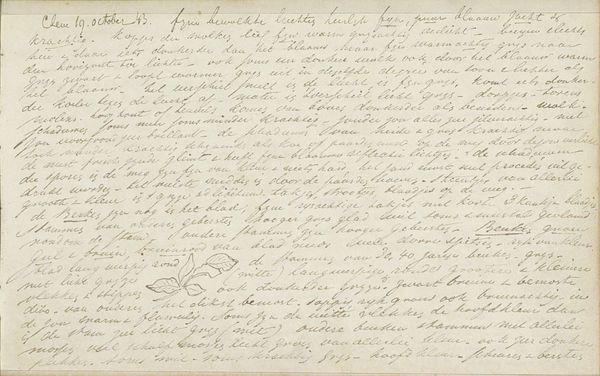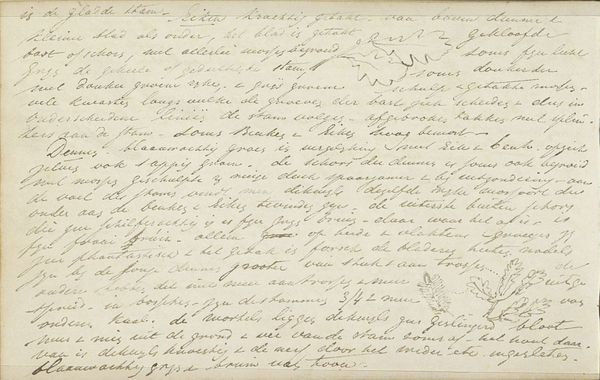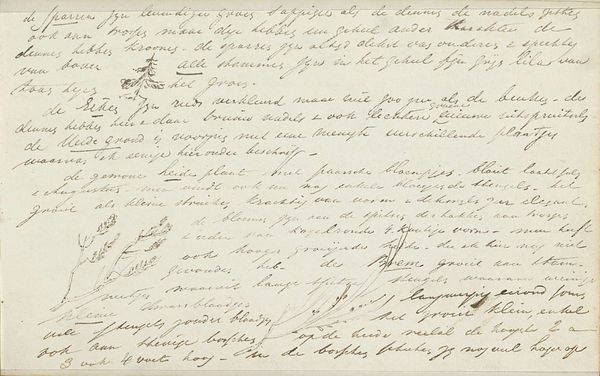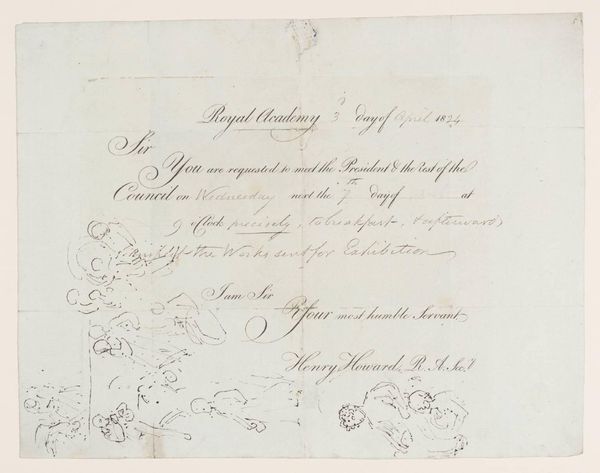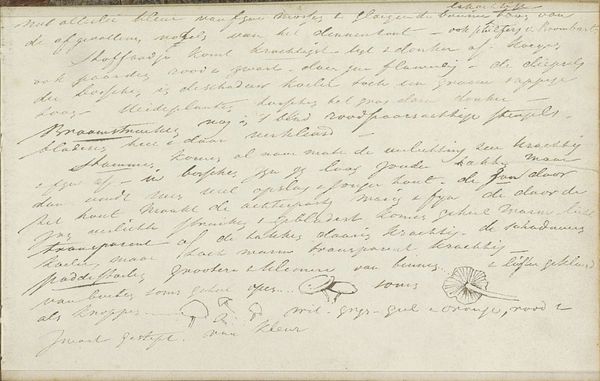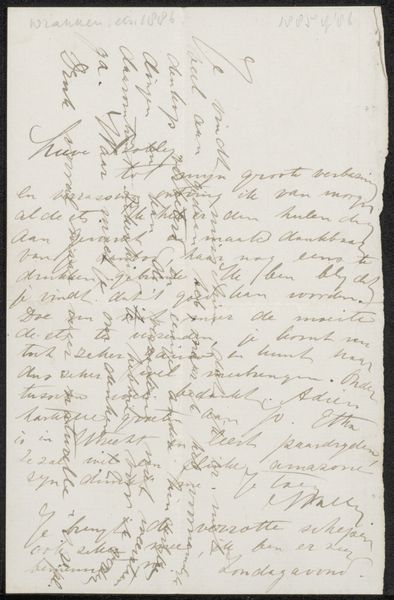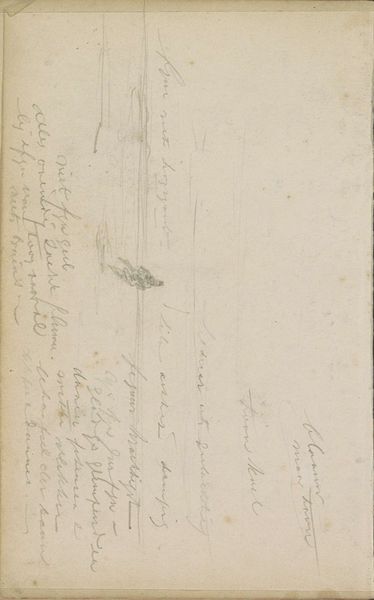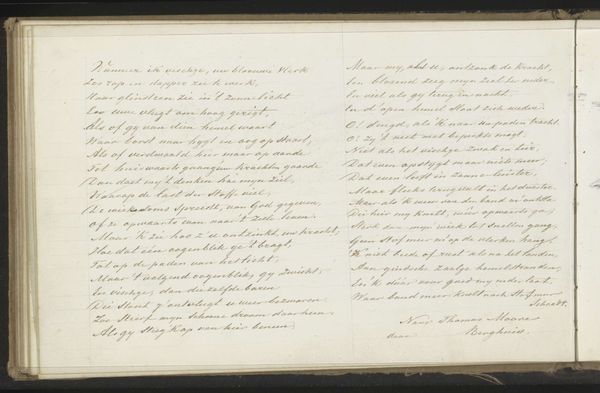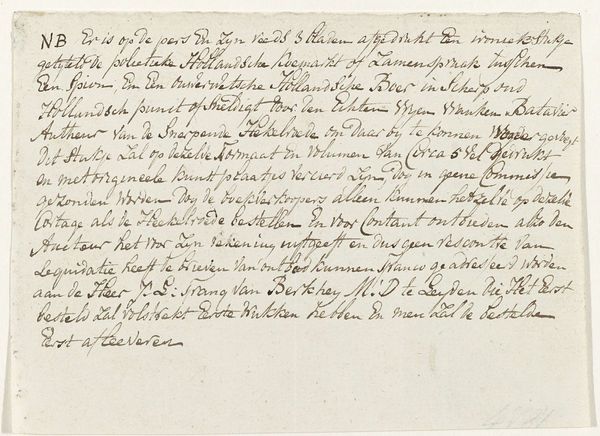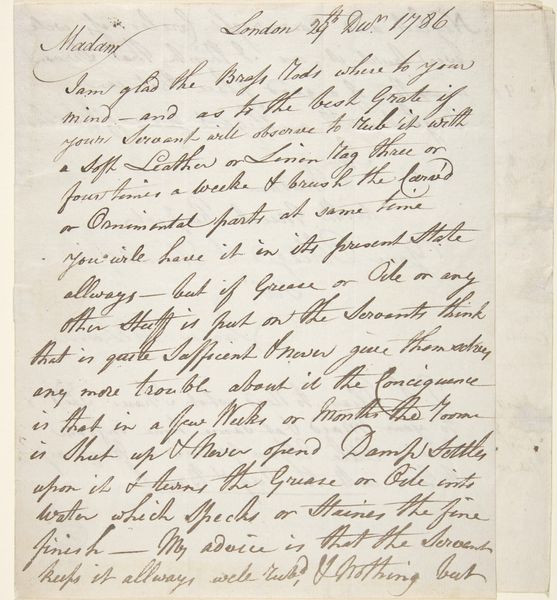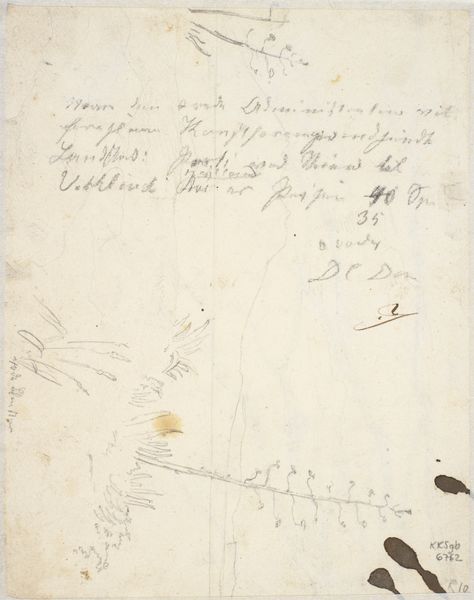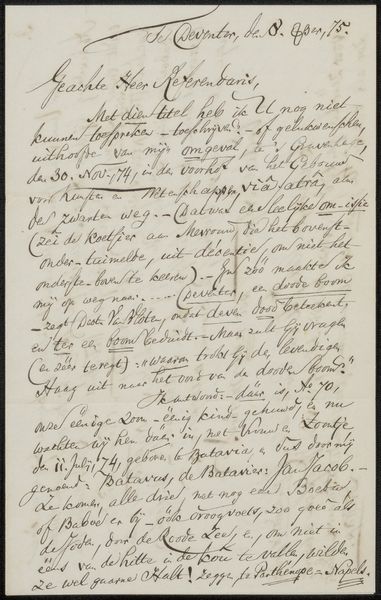
drawing, paper, ink, pencil
#
drawing
#
paper
#
ink
#
plant
#
romanticism
#
pencil
#
naturalism
Copyright: Rijks Museum: Open Domain
Curator: Looking at Johannes Tavenraat’s "Varenkruid en een distel," created in 1843 and residing here at the Rijksmuseum, one can immediately discern his Romantic inclinations towards nature studies, beautifully rendered using pencil and ink on paper. Editor: It strikes me as wonderfully quiet, a simple sketch yet so attentive to the intricacies of each plant. The delicacy of the line work gives it a ghostly, ephemeral quality. What's the resonance of the fern and thistle specifically, within Romanticism? Curator: The fern, historically, carries a motif of sincerity, while the thistle, often associated with Scotland, speaks of nobility of character. During the Romantic era, these natural symbols reflected a yearning for a connection to simpler times, an idealized countryside, and an escape from industrialization. Naturalism certainly has a major impact on his botanical art style. Editor: So, an idealized authenticity found in the observed natural world? This interest reflects an aesthetic move towards realism by utilizing fine detail to elevate its focus on natural form through compositional arrangement. Look at the textural details captured purely with pencil. Curator: Precisely. These studies also often held deeper personal meanings for the artist, perhaps invoking memories or emotional connections to specific locations. I also imagine his selection of plant specimens invokes themes around personal character. Editor: Yes, I am interested to examine this artwork through historical botany. Were these simply exercises in observation? Curator: I'd suggest Tavenraat probably wanted to tap into broader allegorical frameworks where each plant might represent virtue, resistance, or even a more melancholic meditation on mortality and decay. These plants mirror aspects of the human condition within Romanticism. Editor: Fascinating. It brings a greater depth to what appears at first glance to be a simple study, demonstrating just how much these carefully observed forms could contain within a structured arrangement and use of basic materiality. Curator: Exactly, seeing art through symbolic depth alongside the materials broadens its potential and connection to its social, cultural, and psychological memory. Editor: Agreed, analyzing through visual means while factoring art in history only enriches its value to contemporary times.
Comments
No comments
Be the first to comment and join the conversation on the ultimate creative platform.
